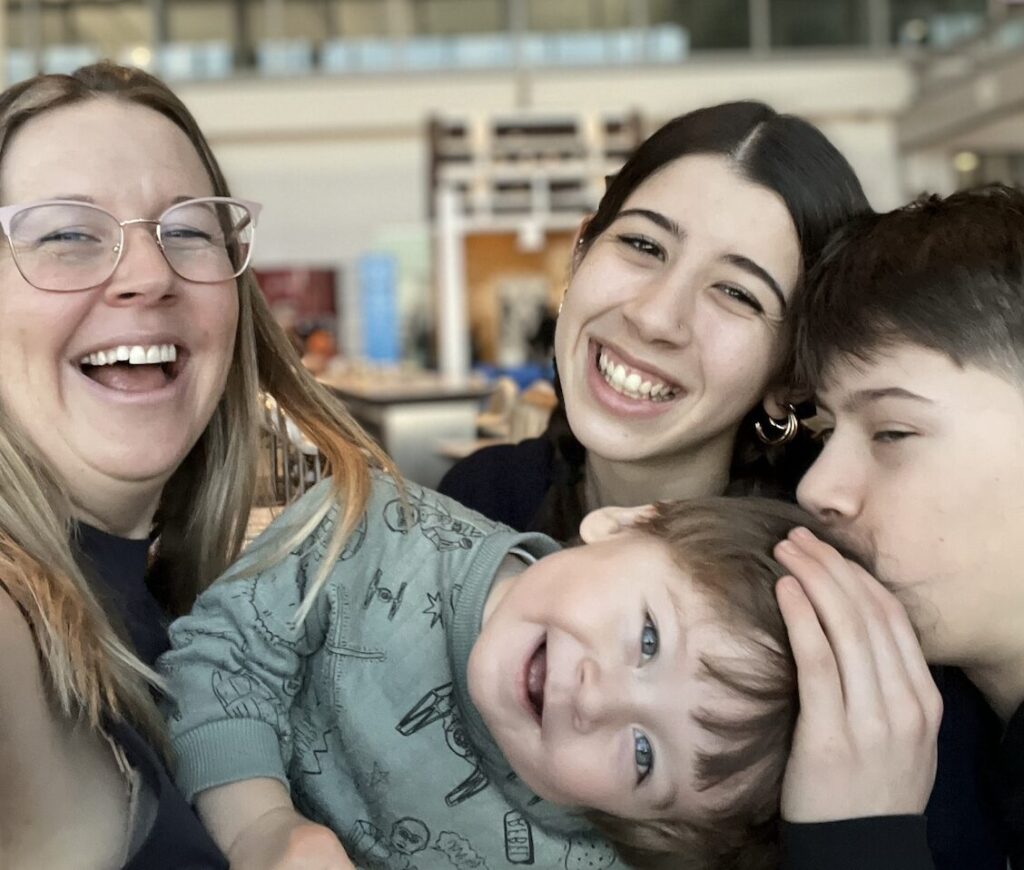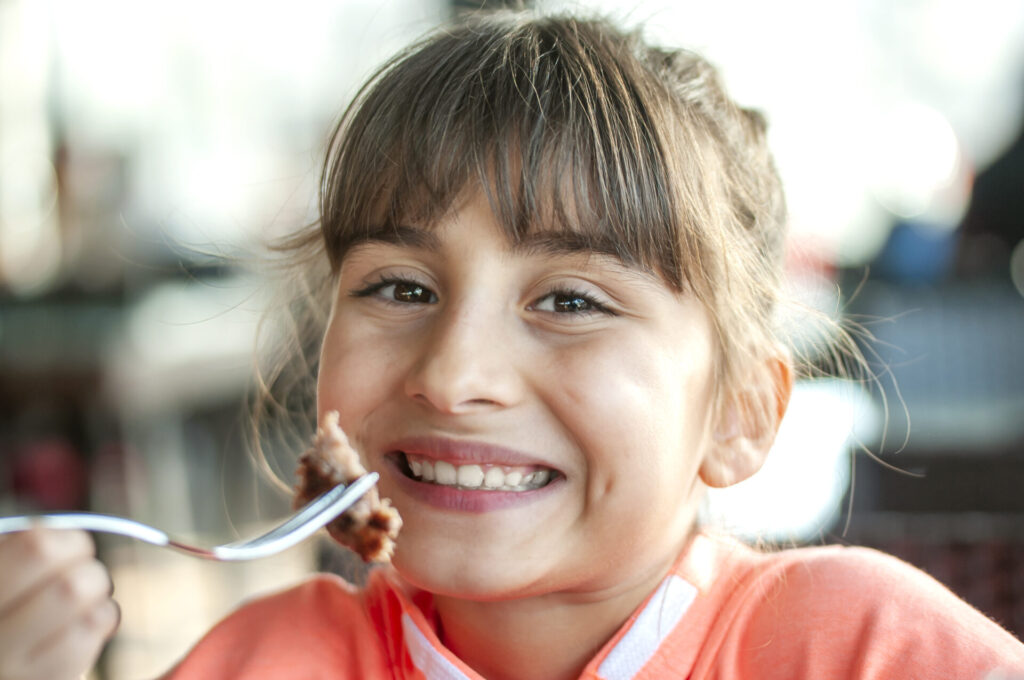I spend a lot of time with kids that have no friends. Or, at least when I first meet them, they have few if any pals to hang out with.
Take my little eight-year-old friend, Charlie. He knows his classmates and neighbourhood kids. But, if you ask him who his “friends” are, he has a hard time naming them or describing what they do together. He’ll sit along the edge of a group of kids at lunch in school, and on the playground he drifts from one group to the next. Other kids are courteous, at least most of the time, but neither do they make a point of asking him to join in.
Educators are trying to figure out how to offer instruction in helping kids get along better. From anti-bullying programs and “lunch bunch” groups who talk about friendships, to formal instruction in social development, there is a growing trend to educate kids about how they should relate to one another.
But, what you also hear in these settings and situations are comments like “you can’t make friends for kids,” or “that’s a ‘home issue,’ not a school problem.” I agree that how kids make friends is an issue to be addressed at home. But, just dumping these social concerns in the laps of parents with no assistance from the schools must stop. This is something that we all need to work on together.
And yes, we can help kids make and maintain friends. Strategies to support kids in their relationships are more straight-forward than most would imagine. Here are six steps I use to help form and support peer groups.
Identify the “right” peer group
To begin with, we need to find other kids who also need a friend. Your child is not the only one that would benefit from having a few more friends. Often teachers and parents think of the “model child” as the kid to be recruited. Certainly there is nothing wrong with having kids that are well behaved and doing well academically and socially as part of your child’s network of friends. But, the fact is that most of these kids are already too busy with activities and relationships and are just not available. Instead, find the kids who don’t have enough friends. Work with your school and your child to connect with their parents. These are all kids waiting for the right peer group to come along.
Look for shared hobbies
A second critical dimension is finding kids who share similar interests. Make two lists: (i) what your child likes to do; and (ii) what the other child likes to do. Kids that have some degree of overlap in these lists are more likely to be like-minded in how they approach fun than those who have different interests.
Go for one-on-one
Once you’ve identified kids who are good candidates and what the kids like to do, invite them over one at a time. After kids show that they are getting along across multiple playdates with multiple kids, invite different kids to join in so that your child learns how to get along with a small group of regular friends. You are forming a “peer group” one play-date at a time.
Plan playdates
Create a schedule that revolves around common interests between your child and his or her visitor. In the event that there are not enough common interests between children, you may take turns in doing short activities that one or the other enjoys. But, err in the direction of finding activities that both kids like. If this involves a lot of playing electronic devices and games, or watching Youtube clips about trains or the weather, go for it! This is not driven by what parents want their kids to be interested in, rather the focus is on reasonable activities that the kids like to do. Plan out which of these activities you are going to do and pay attention to how long the kids enjoy the activity before getting bored or their attention wanders. You know you’ve got the right kids visiting if they can find common interests that hold their attention for at least 15 or 20 minutes each.
Supervise
The cardinal mistake that everyone makes is that they expect kids to simply and spontaneously “know” how to get along with one another and play together. If that were the case, we probably wouldn’t be having this discussion.
The number one key to success is having close adult attention, supervision and organization right in the middle of the playdate. This could be a parent, but I often hire high school and college students who I train to run the play-date. Think of them as camp counsellors who are right in the middle of the activities with the kids.
The supervisor has to be proactive in insisting on appropriate behaviour, convincing the kids to participate even if their natural instinct is to shy away or refuse. Nice words have to be used, even if the children’s habits include complaining or arguing. Managing the behaviour for some kids is the cornerstone of what makes this work, or not.
The devil in the detail of supporting positive behaviour would involve a longer discussion than we have room for here, but suffice to say that impacting behavior matters in how these play-dates work out. However, it’s remarkable how much everyone’s behavior can improve when there is a fun adult running the show.
Keep the initial visits short. Even if the visit seems too brief to do much, end it successfully after only an hour. As repeated dates go well you can make them longer and longer, but in the short run end on a short winning note.
Practise, Practise, Practise
Like any form of behaviour that you are trying to modify, you must have lots of repetitions of success. This comes from following the routines described above as often as you can.
As you rotate through playdates with different kids all enjoying themselves, as the time goes by faster and faster with kids having fun, and as the opportunity to have more than one child over at a time without any problems occur, you can slowly scale back the adult supervision.
If everyone is getting along, let the sessions run longer. Step in with as much structure as the situation calls for so that everyone is having fun. Don’t rush to reduce the supports. However, you will find a natural reduction in how much adult supervision and organization is needed as when all are enjoying their time together.
These strategies also work with kids who have a host of developmental disabilities ranging from learning disabilities and Attention Deficit Hyperactive Disorders, to kids on the Autism Spectrum. In fact, if a child is struggling with their social development, it may be an indication that something bigger is going on and you should talk to knowledgeable clinicians. But the plain fact is that these strategies are useful for any child at every age, with or without a label, who needs help with making and keeping friends.
Remember my little friend Charlie? He has a nice group of kids that he is learning to hang out with. They share a number of interests like building Lego towns and a bunch of video games. Having a hand in creating this group was not rocket-science. But, it did take careful planning, execution and effort, mostly on Charlie’s mom’s part. Wonderfully, this was an effort well worth the bother. The evidence of this is apparent in watching Charlie struggle to decide which friend to ask over to play on Saturday.
Michael J. Weiss, PhD., is a clinical psychologist specializing in helping families and schools manage developmental differences in children.









